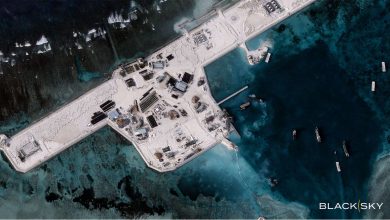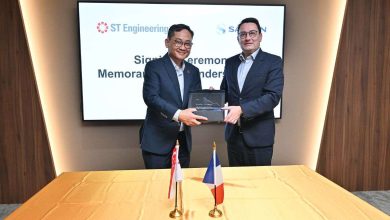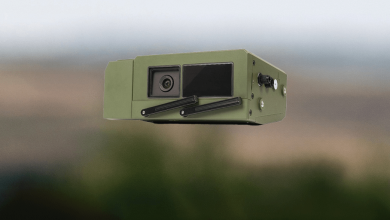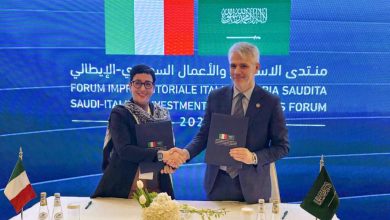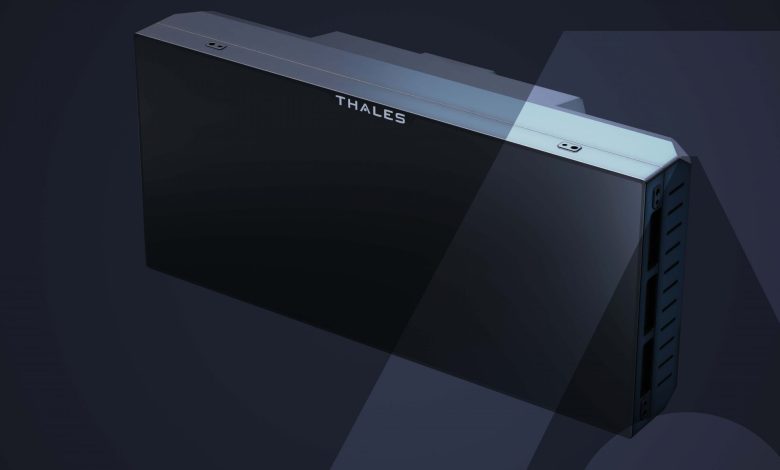
Thales Unveils Game-Changing Airmaster C: The Pinnacle of Compact Airborne Surveillance Radar
- The AirMaster C represents the newest airborne observation radar from Thales and boasts a 30% reduced SWaP (size, weight, and power) compared to other radars in its category.
- This advanced AirMaster C addresses the complete range of terrestrial, aerial, and maritime surveillance operations, delivering exceptional target detection features; preliminary integration studies on the joint light helicopter (Guépard) are currently underway.
- Users gain from cutting-edge technologies, incorporating an exclusive 2D AESA antenna utilizing SiGe (silicon-germanium) technology, along with cognitive and predictive maintenance functionalities stemming from Thales’s and the French Armament General Directorate’s investments in artificial intelligence.
Threat identification, detection, and surveillance operations hinge on a force’s capability to function in any environment and all weather types. Capitalizing on its wealth of experience with the successful Master radar series, Thales has crafted a new, ultra-compact surveillance radar that enhances target detection efficiency for fixed-wing aircraft, helicopters, and UAVs. With its economical integration and operational costs coupled with superior availability and performance, the AirMaster C establishes a new benchmark for airborne radars.
The dynamics of military conflict are perpetually changing. From the intrastate disputes of the post-Cold War era to the asymmetric challenges of the early 21st century and, most recently, the revival of rivalries among major powers, military forces worldwide must consistently evolve as they confront various adversaries across diverse settings: open seas, coastal zones, arid deserts, and urban environments.
In response to these rapid transformations, Thales has developed the AirMaster C, an innovative surveillance radar featuring an ultra-compact, programmable 2D active antenna based on SiGe (silicon-germanium) technology. This technology is significantly more energy-efficient compared to other AESA radar technologies and enables the radar to self-cool. Weighing in at under 20 kilograms and designed as a single unit, the radar boasts a 30% reduced SWaP (size, weight, and power) compared to other radars in its class.
Apart from this revolutionary SiGe technology, additional innovations are applied. Multi-polarization (a functionality exhibited by numerous cameras) will enable the radar to automatically adjust to the best settings to enhance detection performance for each operation. The radar also provides simultaneous short-range and long-range detection capacity, akin to human vision, facilitating instantaneous surveillance. With its 2D navigation and weather modes, the AirMaster C offers crucial navigational support across all environments and weather conditions.
The AirMaster C is an advanced software-defined radar designed to minimize aircrew workload. Featuring autonomous sensors, self-learning capabilities, and the ability to analyze and categorize large volumes of data, the radar can automatically adjust to varying applications, terrains, and environments. The AirMaster C builds upon the groundbreaking design and proven success of the Master series.
According to the French Armament General Directorate (DGA), preparatory assessments are being conducted by Thales in partnership with Airbus Helicopters for the integration of the AirMaster C aboard the Guépard helicopter. This will be the future light joint army helicopter, designed to perform a wide array of missions across the three branches of the French armed services. “We are delighted to unveil the latest member of the Thales airborne surveillance radar family, the AirMaster C, which fulfills the comprehensive spectrum of present and future operational needs. With this innovative offering, Thales provides an optimized surveillance solution for a wider variety of platforms and operators, ensuring they achieve the highest levels of mission success as they confront the new challenges ahead.” Hervé Hamy, Vice President for Intelligence, Surveillance and Reconnaissance (ISR), Thales.



